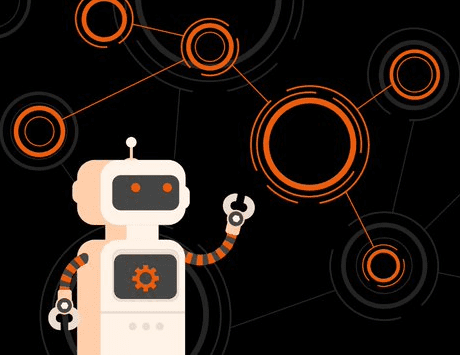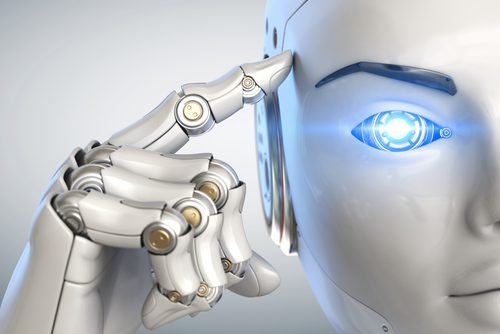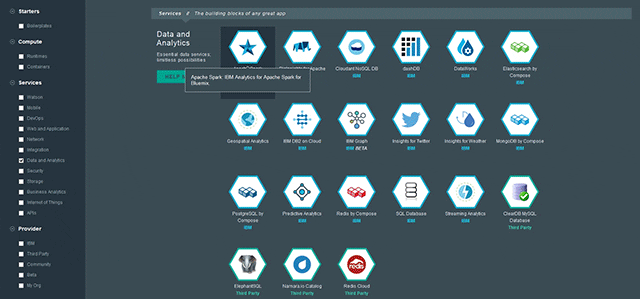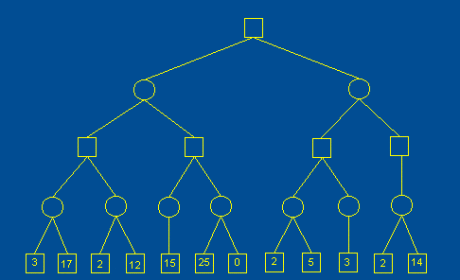Medicine and healthcare are leading industries with altruistic goals. Smart applications of the Machine Learning are today playing a role in a variety of areas like billing, insurance claims, record-keeping, patient-care, staffing solutions and many more. Just over the last decade technology has changed much. So have the volumes of data and its complexities, the various smart devices being used, and the algorithms specific to medical care.
ML is the system of algorithms developed for specific tasks that use deep-learning and artificial intelligence to simulate the way in which the human brain works to execute and aid us in complex tasks. Hence Machine Learning Course is an evolving and very important field. The ability of the ML algorithms to accurately predict, self-learn and assist us with forecasts is truly amazing and way beyond what the human brain is capable of. The field of ML is lucrative too!
Let us look at some of the best applications of ML in the medical and allied fields.
1. Diagnosis on a global scale: ML algorithms and applications score in disease diagnosis, providing simple diagnosis and online treatment even in rural areas, identifying patterns in the disease progression that is hard to recognize, and creating a global repository of research to help better the healthcare segment. Some of these are cancer detection, treating underlying genetic conditions hard-to-diagnose like Parkinson’s, diabetes, etc, providing therapeutic aid, and predicting conditions like stress, depression, etc.
2. CAT scans and MRI aided Diagnosis: Deep Learning and ML have been responsible for the development of advanced imaging devices like the Computer-Aided-Tomography scans, Magnetic-Resonance-Imaging, and the non-invasive Doppler or ultrasound scans. These developments embody machine learning training, handling of large data volumes and the ability of AI and can easily be used to forecast accurately the development of tumours and aneurysms.
3. Manufacturing and discovery of new drugs: Research, discovery, and use of the latest drugs are very important today as we discover more diseases and strains that are traditional-drug-resistant. ML allows the learning in an unsupervised fashion and helps develop new drugs with optimum dosages which can even be personalized for cancer patients.
4. Modification behavior-therapy: Prevention being better than cure several startup firms have come out with gesture-control based therapy apps, symptomatic analysis, early cancer warning, and detection apps, sleep trackers and such behavior-sensing apps that can help even with predicting the susceptibility to genetic diseases. For ex: Angelina Jolie underwent mastectomy based on such a forecast of cancer.
5. App-based medical personalization: Currently medical predictions use biosensors, historical data, genetic information and symptoms to diagnose ailments which tend to have rather fixed treatment methods. The time is not far where ML can offer holistic personalized treatment options which can help faster recoveries by identifying the underlying cause, diets, optimum medicine dosages, and recovery paths in a moment. Even the very process of seeking doctor’s advice appears to be going online to reach out further into rural areas and the personalization of healthcare regimens.
6. Outbreak Prediction: ML, deep-learning and AI have succeeded in not only assisting in healthcare but can also accurately and through unsupervised learning predict and forecast epidemic outbreaks which can then be nipped in the bud.
7. Smart Record Keeping and insurance claims:
The better the maintenance of records the easier cashless hospitalization and treatment becomes. ML is taking very large strides with smart apps to enable smart health-records in real-time, better document classification and intelligent paperless claim settlements.
8. R and D and medical trials: ML has and bears high potential in these areas of medical care where innovation and data play a huge role.
9. Data Crowdsourcing: The smart apps powered through intelligent ML allows doctors globally to crowdsource their data resources making it easy to give a real-time diagnosis, treatment, and better healthcare facilities. Even operations and complex deliveries can now be conducted easily and safely.
10. Radiotherapy and medical imaging:
Radiology, laser treatments, pathology, gastroenterology, cosmetology and several disciplines of medicine are being innovatively modernized with smart algorithmic-based ML to make model-making of individual cases much easier to treat successfully.
In conclusion, ML is growing by the moment and now is the right time to get on board this transformation. If you want to learn Machine Learning and reap career benefits in the medical field then you need to have Machine Learning Training.
At Imarticus Learning, the mentored specialization in skill-oriented courses like ML is par excellence and comes with certification, skill-based training, personality development, and assured placements. Hurry!








